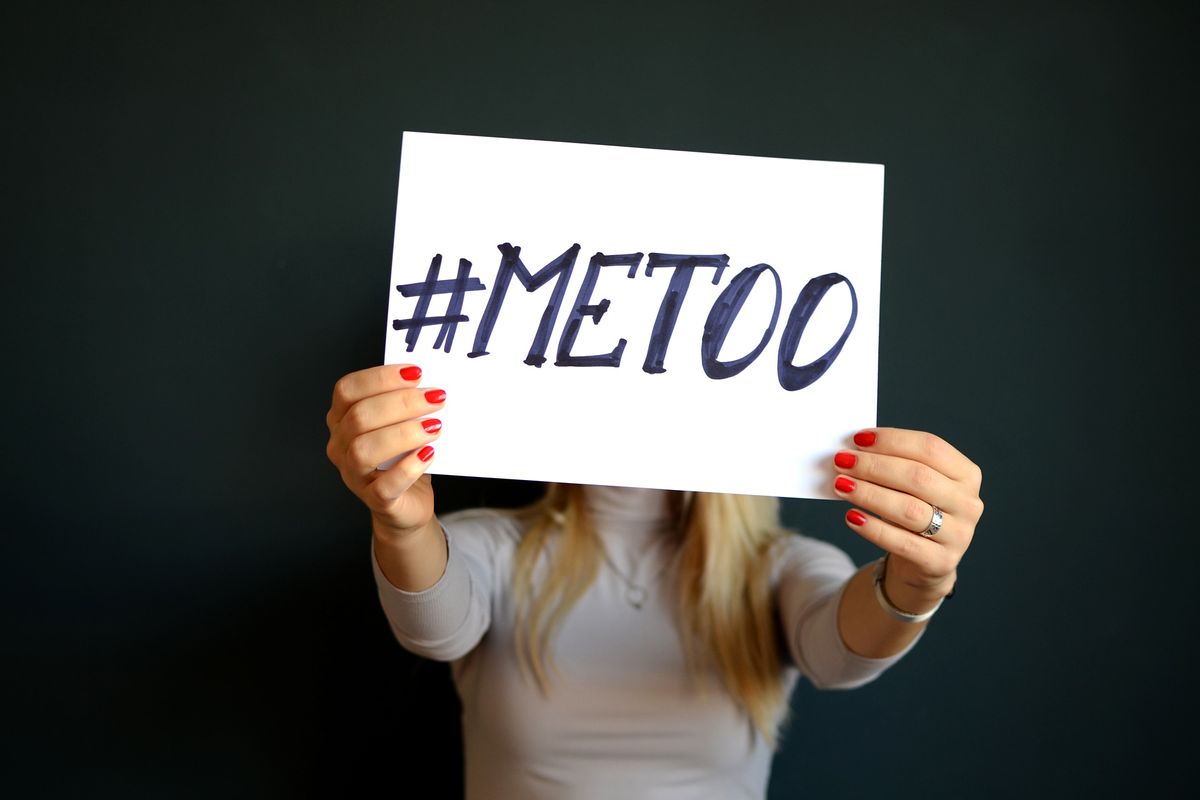UK arts organisations are “turning a blind eye to sexual harassment”, according to a new report released by the Cambridge-based organisation Arts Professional. Eighty percent of the 1,580 respondents said that they had been aware of incidents of sexual harassment and 48% had experienced it first-hand with almost three quarters of those cases (73%) going unchallenged. The survey was conducted using a self-selection process, with respondents themselves choosing to participate, which can create a biased sample. Nonetheless, the survey gives an insight into the scale of the problem.
“We ran this survey following revelations about abuses of power and sexual harassment by high-profile figures in arts, culture and entertainment,” says Frances Richens, the editor of Arts Professional. “[The survey] is an attempt to assess the scale of sexual harassment taking place in the sector, and to understand how well arts organisations are responding to the problem,” shes adds. Knight Landesman, the former publisher of Artforum magazine who has since resigned from his position and was removed from the board of directors, and Ben Gennochio, the former editor of Artnet, have both been accused of sexual harassment, with Gennochio subsequently being relieved of his position as the director of the Armory Show.
Art Professional's survey “reveals an endemic culture of fear around speaking out about harassment, driven by the threat of losing work or not being taken seriously by their employers,” says Liz Hill, the consultant editor for Arts Professional. In 69% of the cases reported in the study, the perpetrator was more senior than the victim, whether an individual within the company or someone external such as a donor, journalist or consultant. The competitive job market in the art world means that people “don’t want to rock the boat and cause a fuss” for fear of reprisals, respondents commented.
According to the results, those who are most likely to have been sexually harassed are people working in performance, producing or creating art (61%) and freelance workers (61%) and that women are twice as likely to become victims than men. Some participants reported environments in the art world, such as openings, events or high-pressure situations, where “alcohol, late nights and touchy-feely culture” can lead to inappropriate behaviour.
One of the main issues highlighted by the survey’s comments is the lack of institutional structures in place at arts organisations, often due to their small size. Only 42% of respondents said that their company had a policy on sexual harassment and 23% of those who reported an incident felt that it had been dealt with appropriately.
"It is challenging to measure sexual harassment in the workplace—not everybody will come forward and not everybody will go public with such a concern," says John Palmer, a senior adviser at the Advisory, Conciliation and Arbitration Service (Acas), an independent UK organisation that advises on workplace relations and employment law. "What we may see as a result of the media spotlight is that people who previously felt unable to come forward may now be more aware of their situation, or feel more empowered to discuss it." Acas released new advice on sexual harassment at work in November in response to the "high profile cases of abuse" in the media.
The Art Professional report concludes that better policies and training on sexual harassment in the workplace, as well as Increasing diversity in arts leadership, could help arts organisations deal with such cases in the future. “We hope that publishing these [results] will encourage arts employers, as well as funders and sector support bodies, to think about whether they are doing enough to bring about a culture change," Richens says.


